Something that I find myself enjoying about the original Playstation is that Sony, to their credit, let anyone make games for it. Even more to their credit, a not insignificant number of those games got released outside of Japan. Granted, the Playstation was home to a lot of unplayable garbage and soulless licensed games, but their laissez-faire attitude to anything that wasn’t a 2D game did lead to some of the most interesting and/or innovative games ever made. It led to record labels and British art collectives putting out their own unique software, and allowed for traditional game studios to get experimental in ways they would not be able to by the time the HD generation came along.
Artdink is a studio that was formed in 1986, and is still making games today, yet feels like they only could have existed during this time period. Mostly known for the Take The A-Train series, city management games with an emphasis on running train stations, a good chunk of their catalogue are games that defy any sort of standard “game” explanation. Aquanauts Holiday, a game where you explore underwater, looking at various schools of fish. The closest thing it has to any end-game goal is attracting these fish to a man-made reef. Kaze no Notam, a game about flying in a hot air balloon, left at the mercy of the constantly shifting wind. Then there’s this game, Tail of the Sun.
Tail of the Sun is an open-world game about a tribe of cavemen who wish to reach the sun, hence the title. To do this, they have decided to hunt mammoths, and use their bones to create a tower they can climb to the Sun. Sounds like an off-beat, but still reasonable game, right? Well, there’s more to the game than that. Mammoths are large creatures that can kill a mere human with their size alone, and all you have are your bare hands. So while the destination is a tower of mammoth tusks, the journey is about building a tribe. You send out a lone hunter-gatherer to explore the world, hunting smaller animals like birds and monkeys to feed the rest of the tribe, allowing them to grow. Along the way, you’ll be eating sugar cakes found all over the ground, raising various stats that your caveperson has. A big enough tribe with enough intelligence increases your “Cultural Level.” In this case, “Culture” means making weapons. You start with nothing, then work your way to sticks, then axes, then finally the spear. Obviously, the better the weapon, the stronger the game you can hunt. Before, you would’ve run from tigers and mammoths, now you have the strength to take them down. Of course, running at them head-first and mashing attack will still get you killed, so that’s why you also had to work on your speed and agility.
Once you’ve figured out the game’s objective (or you read the extremely detailed instruction manual), that’s really all there is to the game mechanically. Build a tribe and build a tower. What makes Tail of the Sun is its abstraction. While things like the objective, cultural levels, and what the monoliths south of your home are for are all explained in the manual, nothing else is. Sure, you have to hunt mammoths, but where are they? Why does your caveman keep falling asleep at seemingly random times? Why did my caveman suddenly drop dead? What are all these weird landmarks?
I’ll ruin some of the mystery and say that a lot of cavemen-related things, like hunger and energy, are simply tracked off-screen; you starve if you go too long without eating stuff off the ground, and you fall asleep when you move around for a long enough time. Despite what the internet tells you, you can wake your caveman up manually if you need to get away from an animal or avoid slowly slipping into a body of water, but it’s not a good idea to keep doing that, as they can die from exhaustion that way. Everything else? That’s a mystery for you to explore and discover. It’s a big world you can wander around and get lost in. You can find various monuments that serve no in-game purpose, they only exist for you to discover. There are entire cave systems to be explored, some of which have generic food items inside, while the rest are completely empty. You can swim to different islands, some of which are barren. The only reward is the exploration.
I appreciate games like this existing. Even if Tail of the Sun sucked, and it doesn’t, I would still consider it an extremely important title for the Playstation. It stands tall as an example of how truly creative games can be in arguably its most experimental period. This game about cavemen wandering around this weird, almost alien environment (also: you can meet aliens in the game), with these unique visuals and occasional drum and bass interludes, that revels in its own imagination, that revels in its own freedom. For every Metal Gear or Resident Evil, there were just as many games like Tail of the Sun that captured my attention as a kid. Games that didn’t appeal to “normal” people. Games that took the massive jump in technology that the 32-bit era offered over previous generations and ran with all sorts of possibilities. The most advertising any of these games would get is, if they were lucky, a two-page spread in Diehard Gamefan magazine, but that was all they needed because they have already reached their target audience. Those games defined the Playstation for me just as much as Final Fantasy VII did. Tail of the Sun is as much an off-beat art project as it is a weird game, and the world is a better place for it.
Tail of the Sun is a fantastic Playstation game. Load it up, wander around for a couple hours, find no material reward, and yet never feel like your time was wasted. The kind of game you can unwind with, no real stress attached to it. Perfect for a late Winters night, wrapped up under a blanket. Also perfect for a cool Summer evening, when the sun has finally gone down. Admittedly, it is extremely cliched to end this by referencing the game’s subtitle, but it truly is a Wild, Pure, Simple Life.
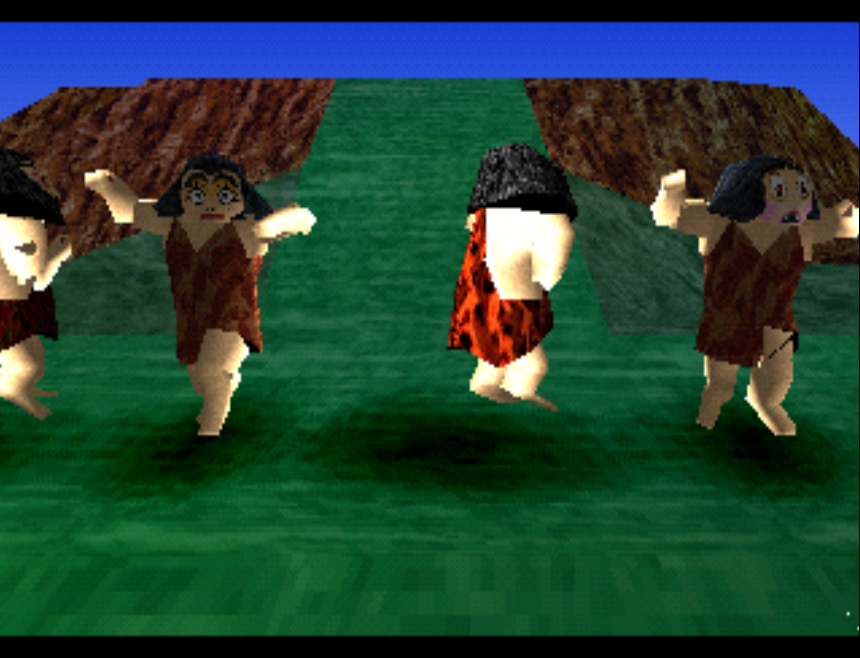
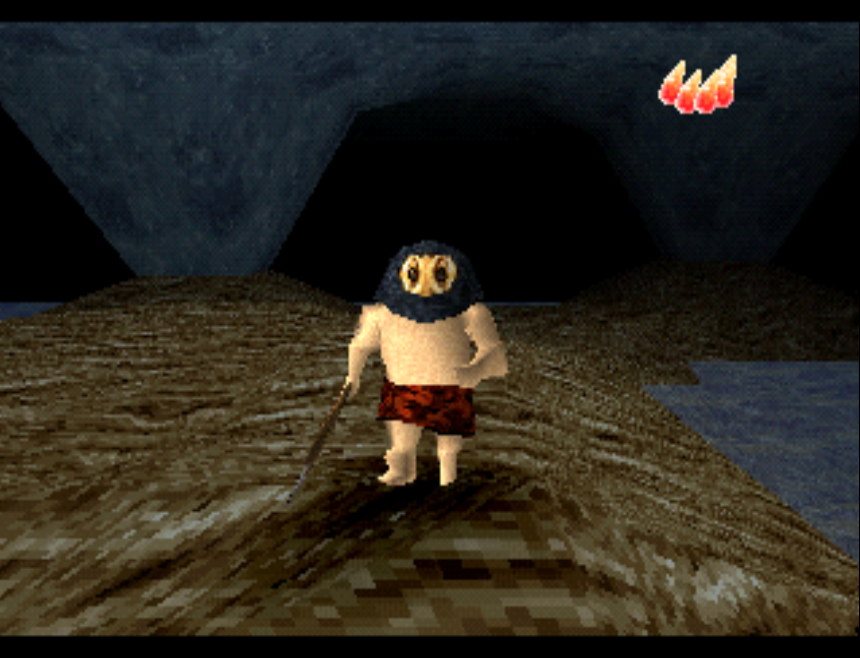
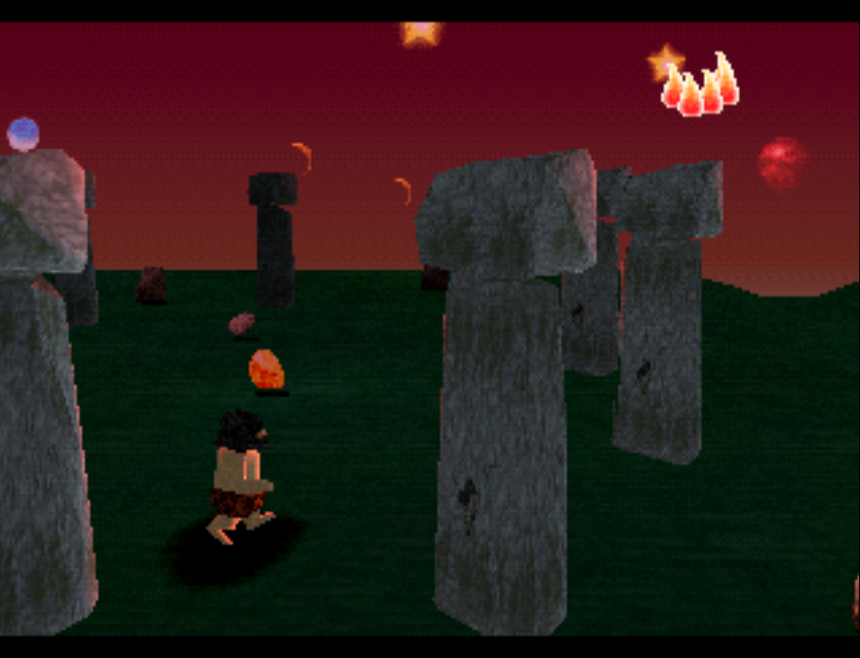
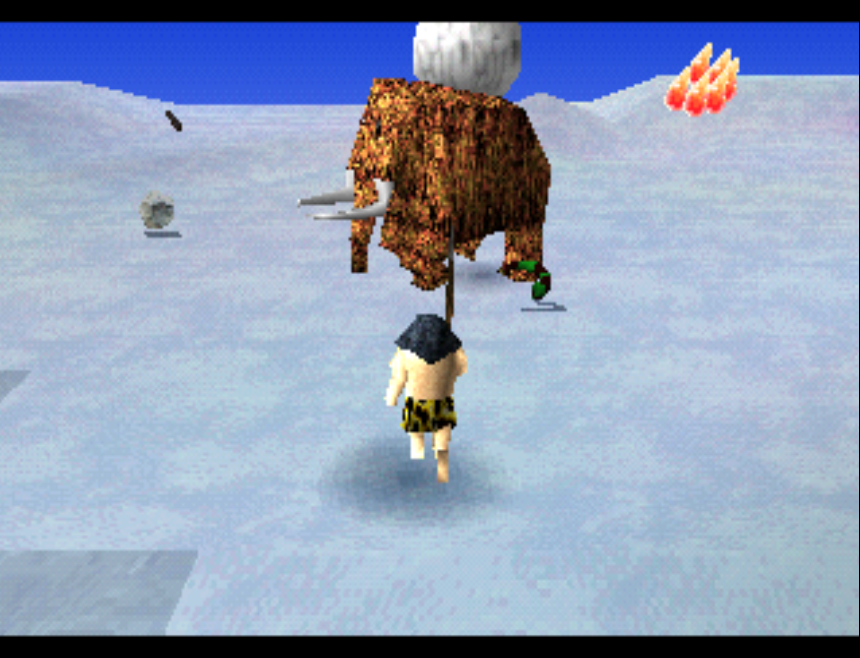
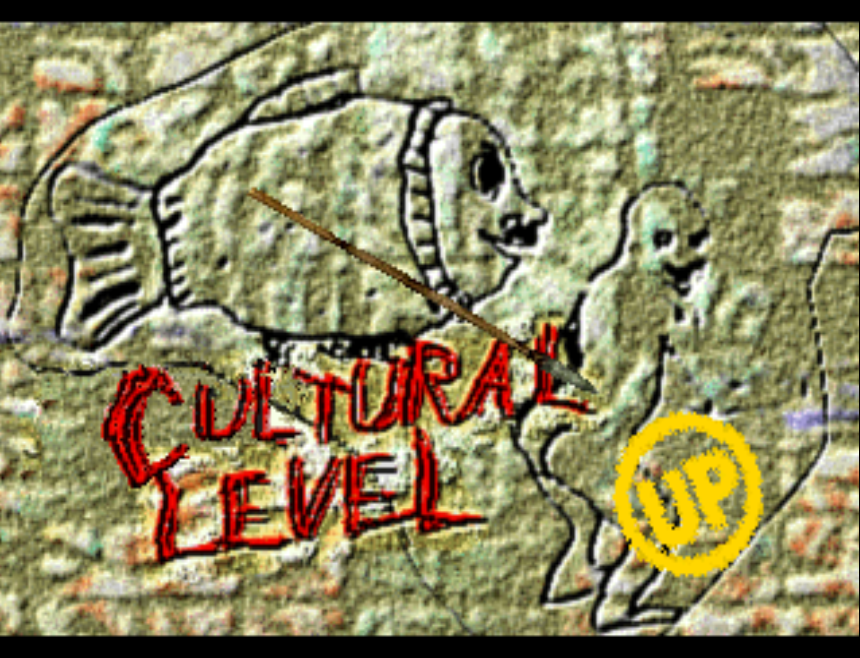


Comments